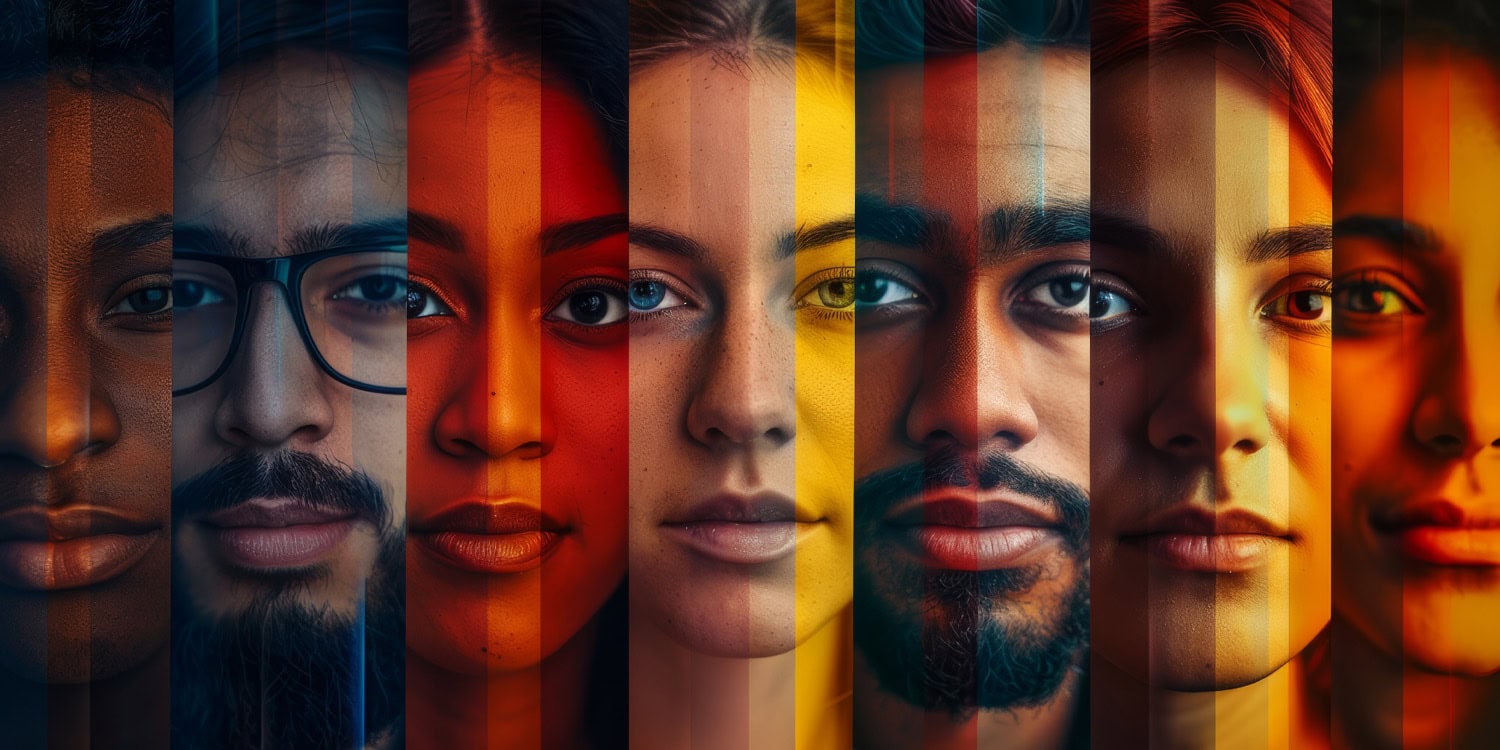People tend to recognize happy faces faster when the person in the image belongs to their own social group or a majority group. This research was published in Personality & Social Psychology Bulletin.
Douglas Martin and colleagues investigated whether the happy face advantage—the tendency to recognize happy faces more quickly than other expressions—varies based on the perceiver’s and target’s social categories. Previous research has consistently observed this effect, though its strength appears to differ across racial and gender groups.
Some studies report a strong happy face advantage for White faces, whereas findings for Black and male faces have been mixed. These inconsistencies suggest that the effect is not universal but shaped by intergroup relationships.
Building on social categorization theories, which propose that people process emotions differently depending on whether a face belongs to their ingroup or outgroup, the researchers tested whether the happy face advantage is a flexible, context-dependent phenomenon influenced by racial and gender dynamics.
The researchers conducted five experiments to examine how social category dynamics influence the happy face advantage—the tendency for happy faces to be categorized more quickly than angry ones. Participants from diverse racial backgrounds (White, Black, and Chinese) were recruited via Prolific Academic and completed a speeded emotion categorization task. They identified the emotional expression (happy or angry) of faces from different racial and gender groups as quickly and accurately as possible. The target faces, drawn from the Chicago Face Database and the Tsinghua Facial Expression Database, ensured standardized representation of race and gender.
In Experiment 1, 197 Chinese and White participants categorized happy and angry faces from both racial groups, equally split between male and female targets. This study tested whether people process happy faces more quickly when the target belongs to their racial or gender ingroup.
In Experiment 2, the researchers examined how the absence of a racial majority group (White) would influence the happy face advantage. They recruited 204 Black and Chinese participants and presented them only with Black and Chinese faces, allowing the study to isolate ingroup favoritism without the influence of a dominant racial category.
Experiments 3a-3c tested whether, in the absence of ingroup faces, participants would still recognize happy expressions more quickly in majority outgroup members. In Experiment 3a, 95 Chinese participants categorized happy and angry faces of White and Black individuals. In Experiment 3b, 103 Black participants categorized White and Chinese faces. In Experiment 3c, 103 White participants categorized Black and Chinese faces. These studies explored whether the happy face advantage would be stronger for majority outgroup members (i.e., those encountered more frequently in society) compared to minority outgroups.
Each trial began with a fixation cross, followed by a brief presentation of a face (300 milliseconds). Participants categorized the emotion using keyboard keys, and reaction times and accuracy rates were recorded.
The results of Experiment 1 showed that White participants exhibited a strong happy face advantage for White faces but not for Chinese faces. In contrast, Chinese participants showed a happy face advantage for both their ingroup and White faces, suggesting that exposure to majority-group members (White individuals in the UK, where the study was conducted) influences emotion recognition. Female perceivers demonstrated a stronger happy face advantage for female faces, while male perceivers recognized happy faces of both genders equally.
Experiment 2 revealed a clearer pattern of ingroup bias. Both Black and Chinese participants showed a significantly stronger happy face advantage for ingroup members than for outgroup members. Unlike in Experiment 1, where Chinese perceivers recognized happy White faces as easily as happy ingroup faces, they now showed a distinct preference for their ingroup. This suggests that in the absence of a dominant racial group, people rely more on ingroup favoritism when recognizing emotions.
Experiments 3a-3c provided further evidence that exposure to majority groups influences the happy face advantage. In Experiment 3a, Chinese perceivers categorized happy White faces more quickly than happy Black faces, reinforcing the idea that people are more efficient at processing happy expressions from majority-group members. A similar pattern emerged in Experiment 3b, where Black perceivers recognized happy White faces faster than happy Chinese faces. In Experiment 3c, White perceivers exhibited a greater happy face advantage for Black faces than for Chinese faces, likely reflecting greater exposure to Black individuals in the UK compared to Chinese individuals.
Overall, the research demonstrated that the happy face advantage is not a fixed cognitive bias but a flexible, socially driven process.
This research focused on happy and angry expressions, meaning that findings may not generalize to other emotions.
The research “Social Category Modulation of the Happy Face Advantage,” was authored by Douglas Martin, Ewan Bottomley, Jacqui Hutchison, Agnieszka E. Konopka, Gillian Williamson, and Rachel Swainson.




